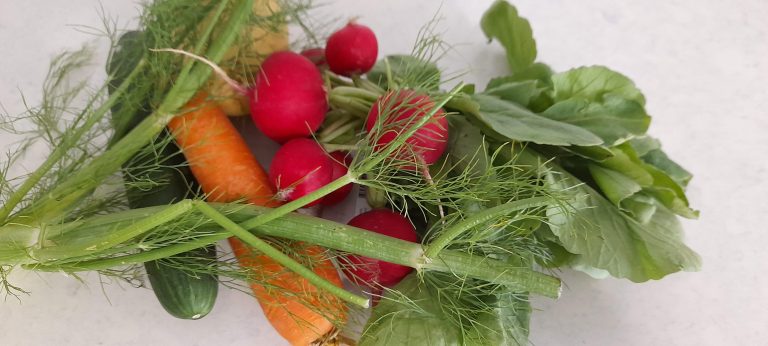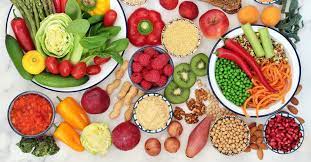iso- what!!!! the benefits of soy in your diet
(even if you’re thyroid-challenged)
Soy isoflavones and healthy eating
Soy-based foods have been eaten for thousands of years in Asia – and have a strong cultural reputation for being healthy.
Now we western sceptics have worked out the science behind that reputation.
Soy products (if not over processed) contain some powerful anti-oxidants called isoflavones. These isoflavones are now considered to have benefits for:
- cardio vascular disease
- osteoporosis
- hormone-dependent cancer
- loss of cognitive function
- hot flushes
The mechanism they operate through is via mild estrogenic activity and anti-oxidant activity.
So if you’re facing health challenges – or want to avoid them – then eating soy-based foods as part of a diverse range of foods is a great support for your body. In particular, fermented soy foods are excellent at multiple levels. The fermentation process makes the soy more easily digestible and will help your gut biome thrive as well.
Fermented soy at the shops
Miso
Miso is a Japanese fermented soy paste which is a great alternative to a stock cube in soups and stews. These days it’s widely available in good supermarkets as well as health food shops.
TIP: Make sure you buy the unpasteurised form to get all the good bacteria benefits. Don’t boil it but put it in towards the end of the cooking process to maintain the good bacteria.
Tempeh
Tempeh is soy beans fermented and made into a cheese-looking block. It tastes savoury, and you can just chop it up and add it to a stir fry. Slice it and put it on the BBQ to warm it through – a bit like haloumi. (Watch it – it doesn’t take long to burn)
Fermented soy sauce
This is the easy one – because most of us have soy sauce in the cupboard these days. Just swap to a fermented soy sauce such as Tamari. There are wheat-free Tamari sauces for those who want a gluten-free flavour boost. Make sure you shop for a good quality fermented soy – there are lots of high-salt, watered down substitutes out there.
Tofu and soy milk
Fermented soy products are more powerful for health and healing.
Soy milk that’s not fermented may be tasty – but it can be very hard to digest. Tofu is curdled soy milk, but not fermented, so it could also challenge your body a little.
If you like them and they sit well in your stomach, then indulge but don’t binge.
Not everybody’s body tolerates unfermented soy well – it can make some people feel bloated, queasy and congested. If you’re one of these people then experiment with fermented products instead. Your body may do a lot better with them, and you can access the isoflavones more comfortably.
What the research says about soy and thyroid and cancer
Some people have heard that “soy is bad for your thyroid”.
It is true that some studies on rats and cells in the lab have indicated some minor effects – but the larger volume of human-based studies (2016) indicate that – in healthy populations – soy intake at a dietary level (i.e. what you can eat) is beneficial.
Where problems may arise is if your iodine intake is inadequate. If you suspect subclinical hypothyroid issues then get a urinary iodine test (and a selenium blood test). Don’t exclude the benefits of soy isoflavones just because of some of the older research.
Some people have been concerned about the ‘phytoestrogenic’ effects of soy on (ex) breast cancer patients. The more recent 2016 studies confirm in fact a protective effect of soy foods especially if eaten as youngsters. Even later in life there are useful effects like protecting the blood vessels, lowering harmful cholesterols, reducing hot flushes (40mg isoflavones equivalent to about 50mg tempeh, daily).
“More importantly, the clinical data show that soy isoflavones, regardless of the source, and even when exposure greatly exceeds Japanese intake, do not exert harmful effects on breast tissue.”
In support of safety is the recent conclusion of the European Food Safety Authority that isoflavones do not adversely affect the breast, thyroid or uterus of postmenopausal women.



